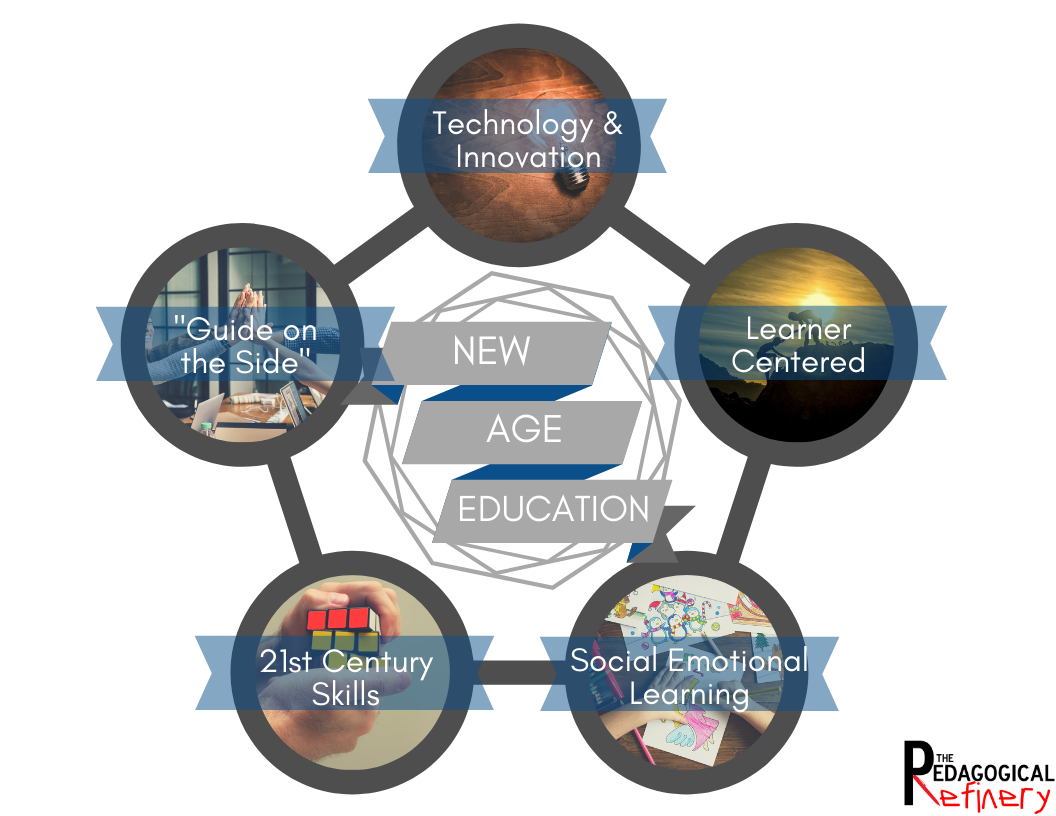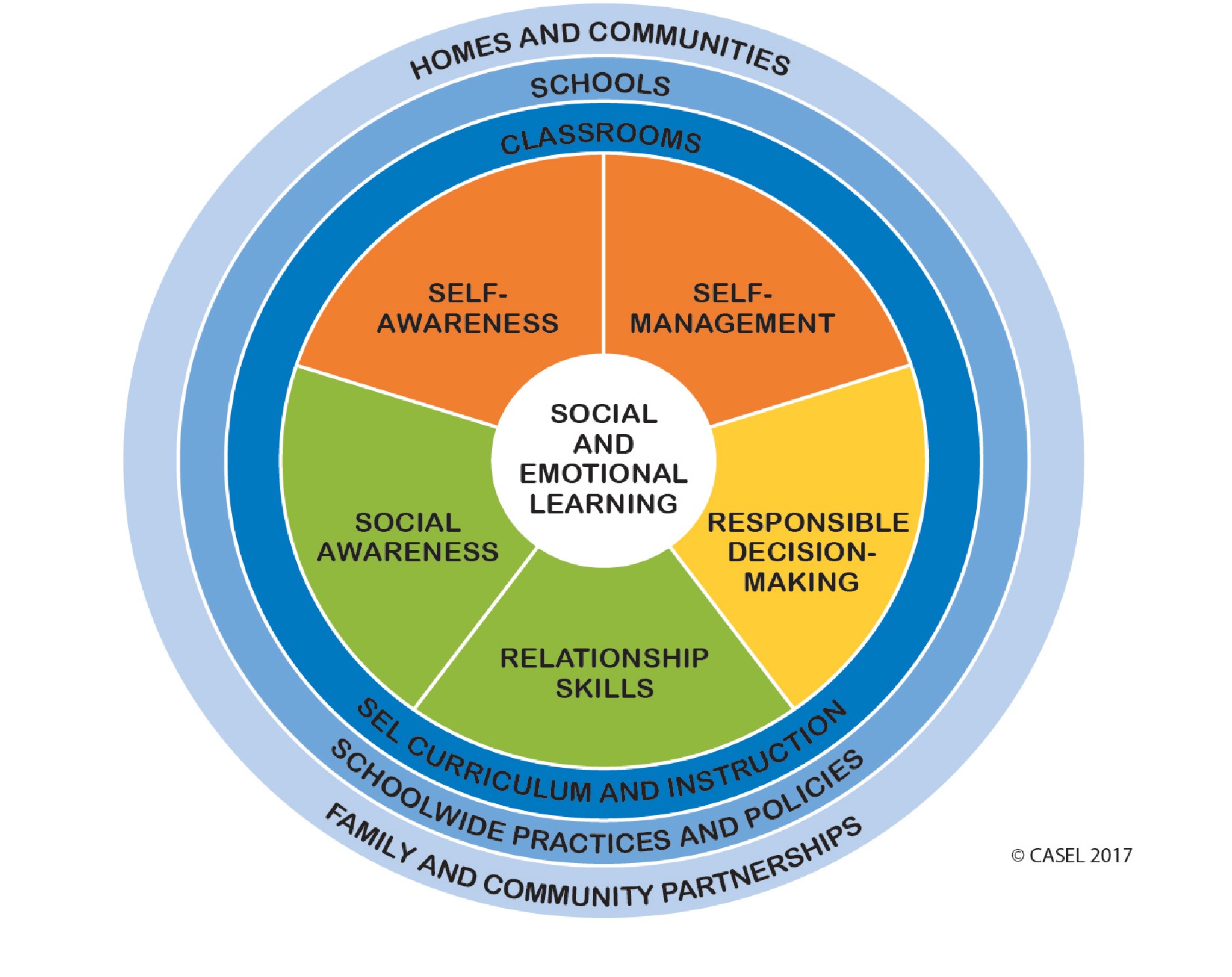Paradigm Shift: Giving The Right People the Right Map
“The word paradigm comes from the Greek. It was originally a scientific term, and is more commonly used today to mean a model, theory, perception, assumption, or frame of reference. In the more general sense, it’s the way we ‘see’ the world- not in terms of our visual sense of sight, but in terms of perceiving, understanding, interpreting.”
If a leader gives everyone the correct map, how do they help transform everyone’s behaviors and attitudes along this journey?
Covey makes the point that “paradigms are inseparable from character” (Covey, 2004, p. 40), which should in turn transform behaviors and attitudes into ones that compliment the Character Ethic (“integrity, humility, fidelity, temperance, courage, justice, patience, industry, simplicity, modesty, and the Golden Rule” (Covey, 2004, p. 26). Therefore, in order for us to authentically talk the talk, we must also walk the walk.
So, where does this moral “character” compass, this true north path, cultivate? And how can a leader nurture it effectively?
Understanding the Paradigm Shift in Pedagogy
Learner-Centered
Social Emotional Learning
21st Century Skills
“Guide on the Side”
Technology & Innovation
Learner-Centered: Effectiveness vs Efficiency
The old model of education revolved around the idea that we needed to be as efficient as possible with learners in order to get the results we wanted. What this looked like was expecting the same acquisition of knowledge regurgitated by the instructor and spouted out in the exact same way from the learner. Now, we have started to see that utilizing the results, such as data points, qualitative observations, and analyzing depths of knowledge, in order to effectively teach and assess learners is the more efficient approach.
Therefore, the next shift we need to make involves the questions we are asking ourselves, our colleagues, and our administration.
Why are we gathering this data point?
What should we be doing with these results?
How should we be using this data, our observations, and the level of understandings our learners are at in order to drive our pedagogy?
“Think effectiveness with people and efficiency with things.”
Social & Emotional Learning
The Collaborative for Academic, Social, and Emotional Learning (CASEL) describes social and emotional learning (SEL) as “the process of acquiring and effectively applying the knowledge, attitudes, and skills necessary to recognize and manage emotions; developing caring and concern for others; making responsible decisions; establishing positive relationships; and handling challenging situations capably…. [addressing] complex situations children face in terms of academics, social relationships, citizenship, and health” (Elias et al., 1997; Collaborative for Academic, Social, and Emotional Learning [CASEL], 2003).
In order for learners to truly be empathetic toward the learning processes, they must have the ability to be self-aware, create healthy relationships, and be independently responsible. Therefore, education must give learners opportunities to practice these SEL skills in order to cultivate and nurture empathy and altruism, two main ingredients needed for innovation and the future.
21st Century Skills, Technology, & Innovation
SAMR Model
As education continues to look at ways in which we can infuse technology into instruction and assessments, the SAMR model (Puentedura, 2009) acts as a quick-check rubric for how we are doing that. The 21st century is more than the tool of technology, however, and it is important the education system remembers that as they provide schools devices for learners and educators. We must continuously ask ourselves why we are having our learners acquire this knowledge and apply this understanding in that particular way through that medium.
Universal Design for Learning
Critical thinking skills, problem solving skills, collaboration, and more are what the world asks of its’ citizens today in a number of settings. The Universal Design for Learning (UDL) (CAST, 2018) pushes our thinking as we lesson plan, asks us what our intentions are, and requires us to know who our learners are.
Bloom’s Taxonomy & Webb’s Depth of Knowledge
Educators must consider what types of questions and levels of thinking we are implementing into our lessons and assessments.
Types of questions are:
Literal: A literal question asks the reader to recall facts explicitly stated in the text. The can be located “On the lines” (Who, what, when, where...)
Inferential: An inferential question asks the reader to read “between the lines.”
Evaluative: An evaluative question asks the reader to decide whether he or she agrees with the author's ideas or point of view in light of his or her own knowledge, values, and experience. These questions can be answered from “In your head.”
Though we do ask a diverse range of questions and push our learners to have multiple levels of thinking, do our assessments carry more weight among a certain type of question and level of thinking? If so, how is this equitable? If a learner is not at that level of thinking yet, we need to differentiate for that range of learner.
The craft of a 21st century lesson plan, instruction, activity, and assessment is complex and entails multiple layers to be applied. For this very reason, models like Puentedura’s SAMR, CAST’s UDL, Bloom’s Taxonomy, and Webb’s Depth of Knowledge are extremely helpful resources to turn to when creating.
References
Anderson, L. W., Krathwohl, D. R., & Bloom, B. S. (2001). A taxonomy for learning, teaching, and assessing: A revision of Bloom's Taxonomy of educational objectives (Complete ed.). New York: Longman.
CAST. Universal Design for Learning Guidelines version 2.0. Online at http://www.udlcenter.org/aboutudl/udlguidelines (2011)
Covey, S. R. (2013). The 7 habits of highly effective people: powerful lessons in personal change. 25th anniversary edition. New York: Simon & Schuster.
Hess, K., Jones, B., Carlock, D., & Walkup, J. (2009). Cognitive rigor: Blending the strengths of Bloom's Taxonomy and Webb's Depth of Knowledge to enhance classroom-level processes.
Ruben R. Puentedura, Transformation, Technology, and Education. (2006) Online at: http://hippasus.com/resources/tte/
Ruben R. Puentedura, As We May Teach: Educational Technology, From Theory Into Practice. (2009) Online at: http://tinyurl.com/aswemayteach







